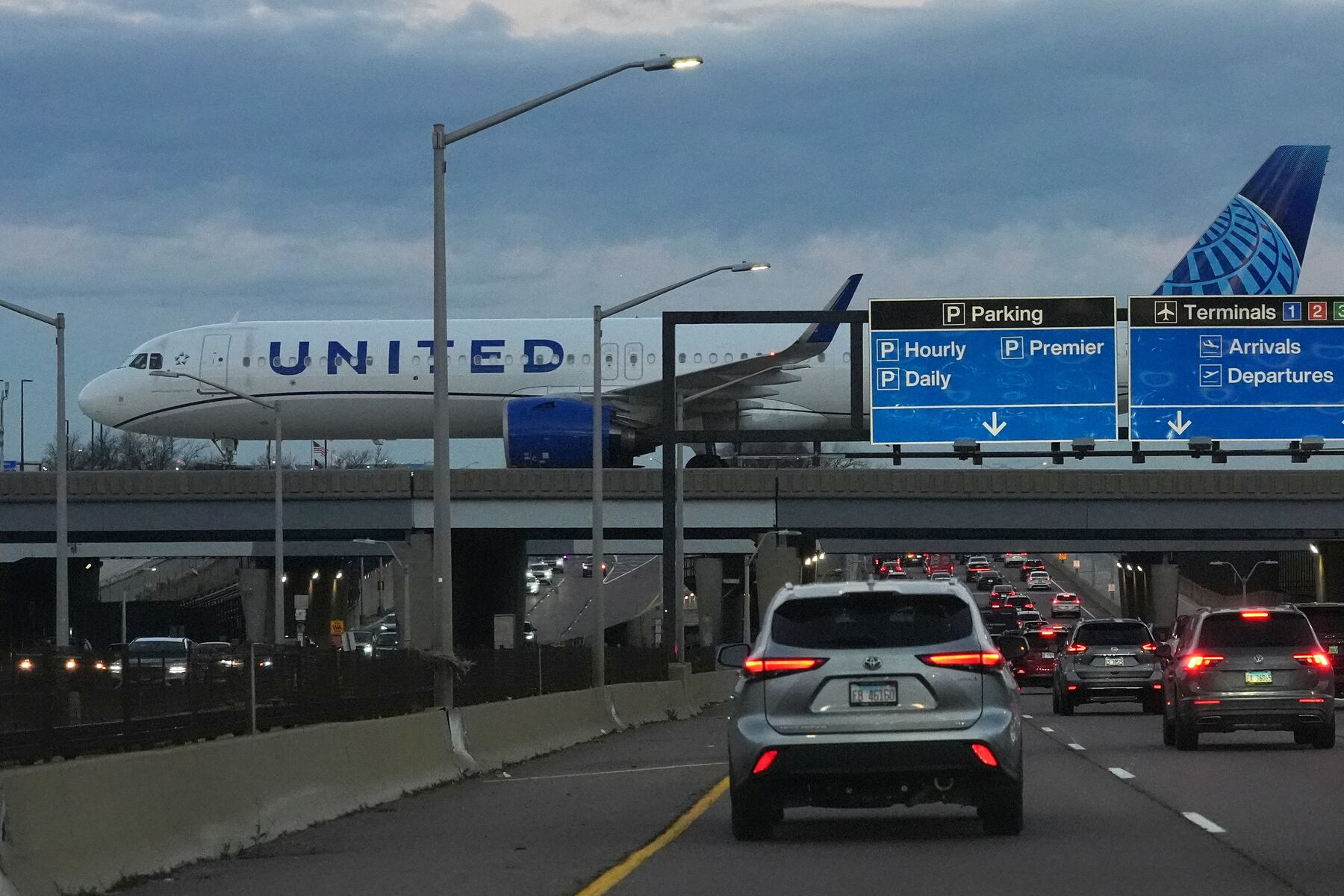The Federal Aviation Administration (FAA) announced on Wednesday that it will implement a 10% reduction in air traffic across 40 high-volume markets starting Friday morning. This decision aims to ensure travel safety amid signs of strain among air traffic controllers during the ongoing government shutdown, which began on October 1, 2023.
The cutback is expected to affect thousands of flights nationwide, as the FAA oversees more than 44,000 flights daily, encompassing commercial passenger flights, cargo operations, and private aircraft. Although FAA Administrator Bryan Bedford did not specify which airports would be impacted, he indicated that these restrictions would remain in effect for as long as necessary to maintain safety.
Staffing Strain and Safety Concerns
Air traffic controllers have been working without pay since the shutdown commenced, with many taking on additional shifts and mandatory overtime. Reports indicate that some controllers are calling out of work due to frustration, also facing challenges such as financial difficulties for childcare and transportation. As a result, staffing shortages have contributed to flight delays at several U.S. airports.
“We’re not going to wait for a safety problem to truly manifest itself when the early indicators are telling us we can take action today to prevent things from deteriorating,”
Bedford stated. He emphasized that the air traffic system is currently safe but acknowledged the need for proactive measures to avoid potential crises in the future.
Bedford and U.S. Transportation Secretary Sean Duffy plan to meet with airline executives later today to discuss how to implement these flight reductions effectively. A list of affected airports will be released on Thursday.
Airlines and Travelers Await Updates
In response to the FAA’s announcement, major U.S. airlines, including Delta, United, and American Airlines, have been contacted for comments. Notably, customer service representatives at United and American reported minimal inquiries from anxious travelers regarding their upcoming flights on Wednesday afternoon.
Southwest Airlines has begun evaluating the potential impacts on its flight schedule, assuring customers that it will communicate promptly with those whose travel plans may be affected. The airline urged Congress to resolve the shutdown swiftly to restore the National Airspace System’s full capacity.
Aixa Diaz, a spokesperson for AAA, noted that some travelers are reconsidering their plans and opting to drive to their destinations, although this is not feasible for everyone. She advised passengers to stay informed by downloading their airline’s app and checking airport websites for the latest updates. “It’s frustrating for travelers because there’s not much you can do,” Diaz remarked. “At the end of the day, you either fly or you don’t.”
Escalating Staffing Shortages
The FAA routinely pauses or delays flights due to adverse weather, equipment failures, and technical issues. Staffing shortages can exacerbate these delays if there are not enough personnel available to manage the workload. Recent data revealed that last weekend marked some of the worst staffing challenges since the shutdown began, leading to an unprecedented situation.
From Friday to Sunday evening, at least 39 air traffic control facilities reported potential staffing issues, according to an analysis by the Associated Press. This figure significantly exceeds the average of 8.3 facilities reporting such issues during weekends prior to the shutdown, highlighting the severity of the current crisis. The average number of facilities reporting possible staffing shortages has more than tripled since the shutdown commenced.
Major airlines and aviation unions have joined together to urge Congress to end the shutdown. Duffy warned that if the impasse continues and air traffic controllers miss their second paychecks next week, the situation could lead to chaos in the skies. He emphasized the FAA’s commitment to a proactive approach, learning from past incidents, such as the mid-air collision in January that prompted significant scrutiny of the agency’s risk assessment protocols.
“We learned from that. And so now we look at data, and before it would become an issue, we try to assess the pressure and try to make moves before there could be adverse consequences,” Duffy stated.
The FAA’s decision reflects a growing concern for safety in the air travel sector, as the agency continues to navigate the challenges posed by the ongoing government shutdown.







